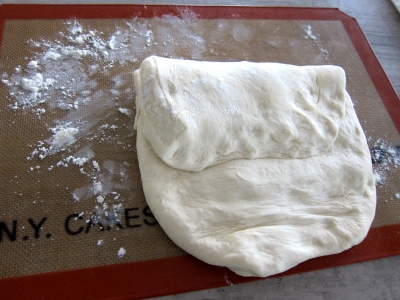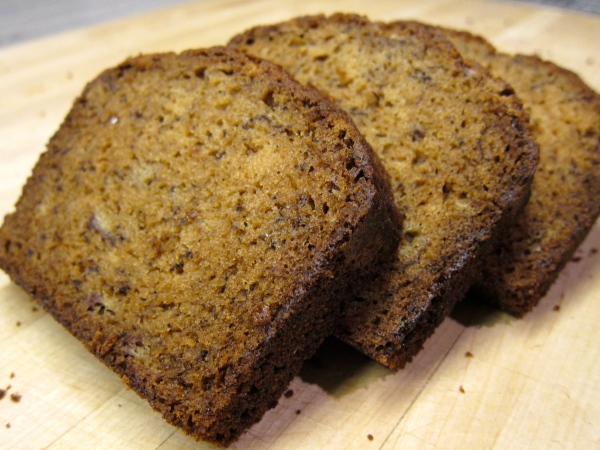I’ve been visiting my family this week so I haven’t cooked at all. I’ve been eating my mom’s food, which is what primed me through childhood for a food-obsessed life. When I come to visit, she makes some of my favorites, like koupepia (grape leaves stuffed with meat and rice) and ttava (a meat stew with tomatoes, onions, and cumin, baked in a clay pot).

I’ve also been eating some of the sweets I remember fondly from my childhood. Just this morning, my sister, my mom and I went downtown for a coffee and we shared a big slice of shamali, a semolina-based cake that is flavored with mastique and soaked in a sugar syrup. It was cold and refreshing on a hot, sunny day and we ate it quickly, washing it down with frappés, the ubiquitous iced coffee drinks made with instant coffee.
Now that I’ve teased you with the descriptions of all of those delectable temptations, you’re probably expecting a recipe for something along those lines. I’m afraid I’ll disappoint you. The recipe I’m sharing today may not feature syrup-soaked cakes or cumin-scented stews, but I promise you that you’ll love it anyway.
There are a lot of people who are not big fans of endives. They can be bitter or bland at times. This is a very simple and quick way to turn then into something pretty extraordinary. A quick sear in hot oil caramelizes their surface and is followed by a relatively fast braise in stock and a little vinegar. The process is transformative. The resulting endives are sweet and tangy, with maybe hints of bitterness but not enough to cause displeasure to the palate. By leaving the core intact, the endive halves stay together but still cook soft enough to cut through them easily. They make a great side dish and a great way to use that fancy vinegar you got as a gift that one time, many as part of a gift basket, and never knew what to do with it.
Braised Endives
3 tablespoons olive oil
2 large endives (or 3 small ones)
1/2 cup chicken stock
2 tablespoons of your favorite vinegar (red wine, sherry, balsamic, cider, or any fruit vinegar)
salt and pepper
Cut the endives in two lengthwise, leaving the core intact. Sprinkle the cut sides with salt and pepper.
In large saute pan, add olive oil and heat over medium-high heat until the oil shimmers. Place the endives, cut side down, in the pan. Cook without stirring or moving them for about 4 minutes, until their surface has caramelized and turned dark golden brown. Turn endives on round side and cook for an additional 2 minutes.
Turn endives again on cut side and add stock (be careful, the stock will steam). Immediately reduce heat to medium-low and cover the pan. Cook covered for about 7 minutes. Uncover and add vinegar. Cover and cook for another 3 minutes.
Uncover the pan and turn the endives to coat them in sauce. Return them to cut side down. Turn the heat to medium-high and cook for another 5-7 minutes until the sauce has reduced and slightly thickened.
Serve immediately with additional salt and pepper on top, to taste.



































